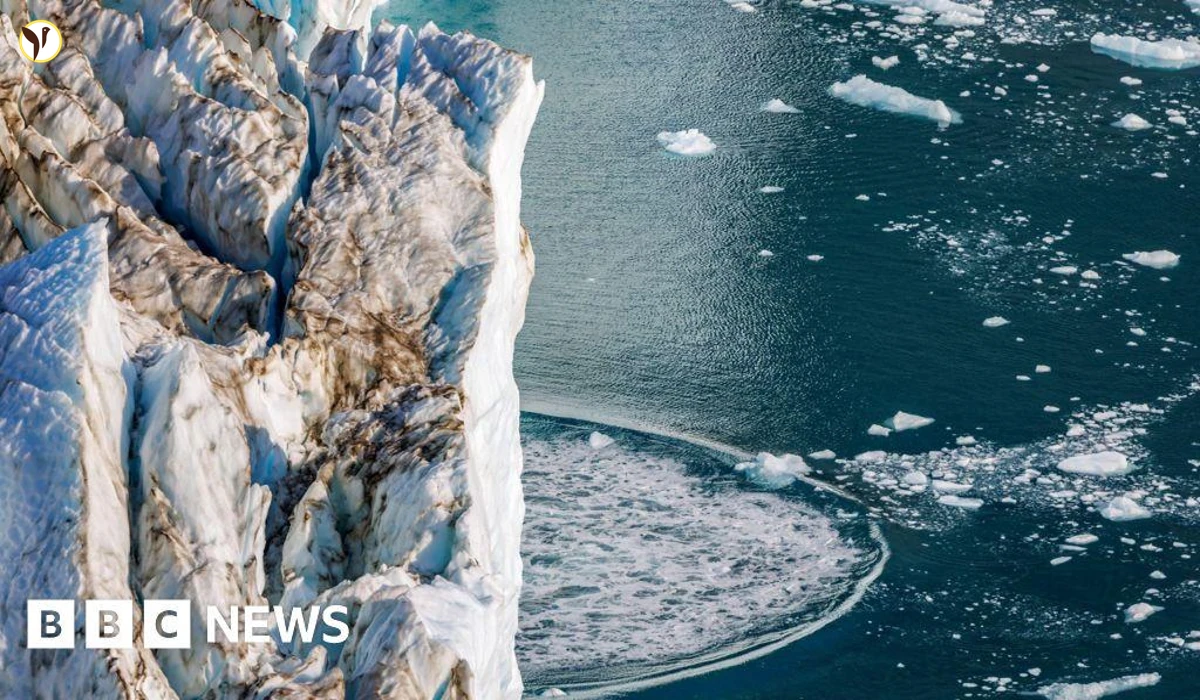Greenland's Mysterious 9-Day Tremor: Solved!
The Earth Hummed for Nine Days – And Nobody Knew Why
Honestly, it sounds crazy, but for nine straight days in September 2023, the Earth was vibrating. Seismometers all over the world, from Alaska to Australia, picked up this incredibly regular pulse – every 90 seconds or so. It wasn't a huge earthquake, more like a faint, persistent hum. Scientists were completely stumped. What could possibly cause a global tremor like that?
The Mystery of Dickson Fjord
The source was eventually traced to a pretty remote place: Dickson Fjord in East Greenland. This fjord, nestled between towering cliffs, is far from any major seismic activity or volcanic hotspots. So, what happened? It wasn't an earthquake, and it wasn't a volcanic eruption. There were no big explosions. The answer turned out to be far more unusual, and honestly, more fascinating.
The real culprit? A mega-tsunami.
- A massive landslide, likely triggered by the melting of nearby glaciers (due to climate change, of course!), sent millions of cubic meters of rock and ice crashing into the fjord.
- This created an enormous tsunami, with waves estimated to be hundreds of feet high!
- But here's the weird part: the tsunami waves got trapped in the narrow confines of Dickson Fjord.
Instead of spreading out and dissipating, the water started sloshing back and forth, creating a giant "standing wave"— what scientists call a seiche. This rhythmic movement of water was so powerful that it sent low-frequency vibrations through the Earth's crust, causing the tremor that baffled scientists worldwide.
Solving the Puzzle with Cutting-Edge Technology
Figuring this out required some pretty advanced technology. Scientists used data from NASA and the French space agency's SWOT satellite. This satellite, launched in 2022, has a super-advanced radar that can map incredibly wide swaths of the ocean surface in high resolution. This detail is crucial, since previous satellites lacked the resolution to measure surface height changes in the relatively small and narrow Dickson Fjord. Older satellites simply couldn't "see" what was happening.
SWOT's data showed the water in Dickson Fjord surging back and forth, confirming the seiche theory. They also combined this with seismic data and computer models to get a clearer picture of just how massive the event truly was.
The Bigger Picture: Climate Change and the Arctic
This bizarre event isn't just a curiosity; it's a stark warning about the effects of climate change. The melting glaciers made the mountainside unstable, triggering the landslide and the resulting tsunami. The Arctic is warming at an alarming rate, and events like this are likely to become more common. This incident highlights the need for better monitoring systems in these remote regions and how advanced technology like SWOT can help track such phenomena in the future.
Scientists are now looking at historical seismic data to see if similar events have occurred, potentially unnoticed in the past. It is crucial to improve our understanding of the interaction between landslides, fjord shapes, and the resulting wave behavior to improve early warning systems for similar events.
What's Next?
This whole story underscores how much we still don't know about our planet and the surprising ways things can affect us, even from far-off places. It's a reminder of how important it is to keep an eye on the Arctic, improve our monitoring technologies, and address the growing threat of climate change. The future will certainly bring more surprises.









